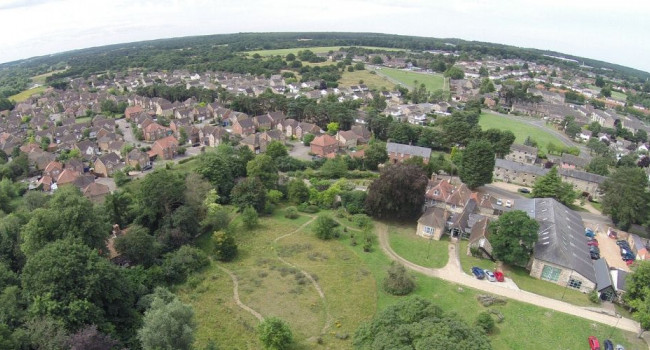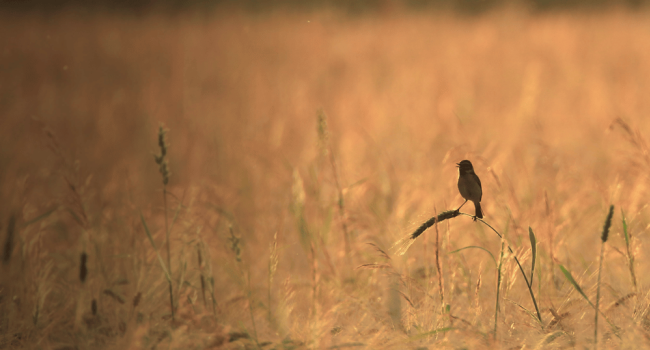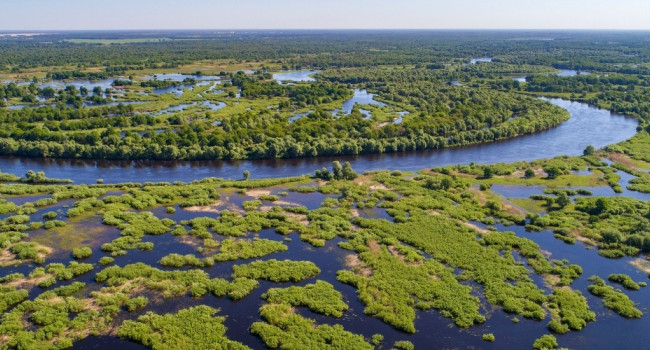Implications of lowland broadleaved woodland management for the conservation of target bird species
Author(s): Broome, A., Fuller, R.J., Bellamy, P.E., Eichhorn, M.P., Gill, R.M.A., Harmer, R., Kerr, G. & Siriwardena, G.M.
Published: June 2017
Download article 3.03 MB application/pdf
lowland broadleaved woodlands in Britain. The research considered the effect of woodland management (silvicultural
intervention and control of deer browsing) on vegetation structure, and the relationships between vegetation structure
and woodland birds. Based on habitat–bird relationships, a classification of six woodland stand structures (A–F) related
to their value to birds, and a framework to help understand and manage woodland development to deliver these
structures were created. The field study, which was conducted in England and Wales, showed that woodlands are
predominantly mature or late thicket stands, with low structural heterogeneity (type E – closed canopy, few strata),
and silvicultural interventions are primarily mid to late rotational thinning. Such interventions lead to a uniform stand
structure and reduced stem and understorey density. High deer browsing pressure also reduces understorey density.
Study results showed these vegetation structures to be less favourable to the target bird species who were instead
found to be associating with the structures predicted from the literature as being favourable. This suggests that
vegetation structures for birds can be described, and if provided, bird populations could be enhanced. The frequently
occurring woodland structure type E is of least value to woodland birds. Woodland managers are encouraged to move
type E stands towards other types to help meet bird conservation objectives
Staff Author(s)








Share this page